Creating an Edible Front Yard
Imagine stepping out of your front door and being greeted by the vibrant colors and enticing aromas of a garden that's not just beautiful but also edible. That's the dream of transforming your front yard into a productive edible garden! This article explores the concept of creating an edible front yard, discussing its numerous benefits, innovative design ideas, and practical tips for sustainable gardening. It’s not just about aesthetics; it’s about revolutionizing the way we think about our outdoor spaces and embracing a lifestyle that’s both fulfilling and environmentally friendly.
Transforming your front yard into an edible landscape offers a myriad of advantages. First and foremost, it significantly enhances food security. Imagine having fresh fruits, vegetables, and herbs right at your fingertips! This not only reduces your dependence on grocery stores but also ensures that you have access to organic produce, free from harmful pesticides. Moreover, an edible garden can improve the overall aesthetics of your home, making it more inviting and vibrant. The colorful blooms of edible plants can be just as beautiful as traditional landscaping.
Additionally, there are substantial environmental benefits to consider. An edible front yard promotes improved biodiversity by attracting a variety of pollinators and beneficial insects, which are essential for a healthy ecosystem. It also contributes to a reduced carbon footprint, as growing your own food means less reliance on transportation and packaging associated with store-bought produce. In essence, an edible garden is a step towards a more sustainable and eco-friendly lifestyle.
Designing an edible front yard requires thoughtful planning and creativity. It’s not just about planting a few vegetables; it’s about creating a cohesive and functional space that integrates seamlessly with your existing landscaping. Start by considering the layout of your garden. You might want to create raised beds, which not only look neat but also make it easier to manage soil quality and drainage. Think about the sunlight your yard receives throughout the day and how that will affect plant growth.
When it comes to plant selection, it’s essential to choose varieties that thrive in your local climate. Consider the growth habits of the plants you select; some may spread out while others grow tall. This can help you maximize space and ensure that your garden remains both productive and visually appealing. For instance, you could plant taller crops like tomatoes at the back of a bed and shorter ones like lettuce in front, creating a layered effect that’s both functional and attractive.
Selecting the right plants is crucial for the success of your edible front yard. Factors to consider include your local climate, soil type, and the plants' growth habits. For example, if you live in a warmer climate, you might choose drought-resistant plants such as succulents or herbs like rosemary and thyme. Conversely, cooler climates may be better suited for leafy greens and root vegetables. A well-planned selection will ensure that your garden not only looks good but also thrives.
Incorporating herbs into your edible garden is a fantastic way to enhance culinary dishes while also attracting beneficial insects. Herbs like basil, mint, and oregano can thrive in a variety of conditions and can be interspersed among your vegetables for a beautiful, aromatic garden. Not only do they add flavor to your meals, but they also serve practical purposes, such as repelling pests and attracting pollinators.
Choosing a variety of fruits and vegetables that mature at different times is key to ensuring a continuous harvest throughout the growing season. Consider planting early-season crops like peas and radishes alongside late-season ones like squash and pumpkins. This way, you’ll have fresh produce to enjoy all year round. Plus, the diversity of plants can create a visually stunning landscape that changes with the seasons.
Edible flowers are a delightful addition to any garden, providing both beauty and flavor. Flowers such as nasturtiums, pansies, and calendula can be used in salads, desserts, or as garnishes, adding a pop of color and a unique taste to your dishes. They also attract beneficial insects, which can further enhance the health of your garden.
Implementing sustainable gardening practices is essential for maintaining a flourishing edible front yard. Techniques such as composting, mulching, and organic pest management contribute to a healthy ecosystem. Composting helps recycle kitchen scraps and yard waste into nutrient-rich soil, while mulching retains moisture and suppresses weeds. By avoiding chemical pesticides and opting for natural alternatives, you can create a more balanced and sustainable garden environment.
Utilizing water-efficient gardening techniques is another crucial aspect of sustainable gardening. Methods like drip irrigation and rainwater harvesting not only conserve water but also ensure that your edible plants receive the moisture they need to thrive. Drip irrigation systems deliver water directly to the roots of your plants, minimizing evaporation and runoff. Meanwhile, collecting rainwater in barrels can provide a free and eco-friendly water source for your garden.
Maintaining soil health is vital for a productive garden. Regularly testing your soil can provide insights into its nutrient content and pH levels, allowing you to make informed decisions about amendments. Adding organic matter, such as compost or well-rotted manure, can enhance soil fertility and structure. Practicing crop rotation is also beneficial, as it helps prevent soil depletion and reduces the risk of pests and diseases.
- What are the best plants for an edible front yard? Consider herbs, fruits, and vegetables that thrive in your local climate.
- How can I ensure my garden is sustainable? Implement practices like composting, organic pest management, and water conservation techniques.
- Can I mix ornamental and edible plants? Absolutely! Many edible plants are beautiful and can enhance your landscape.
- How do I start an edible garden? Begin by planning your layout, selecting the right plants, and preparing your soil.
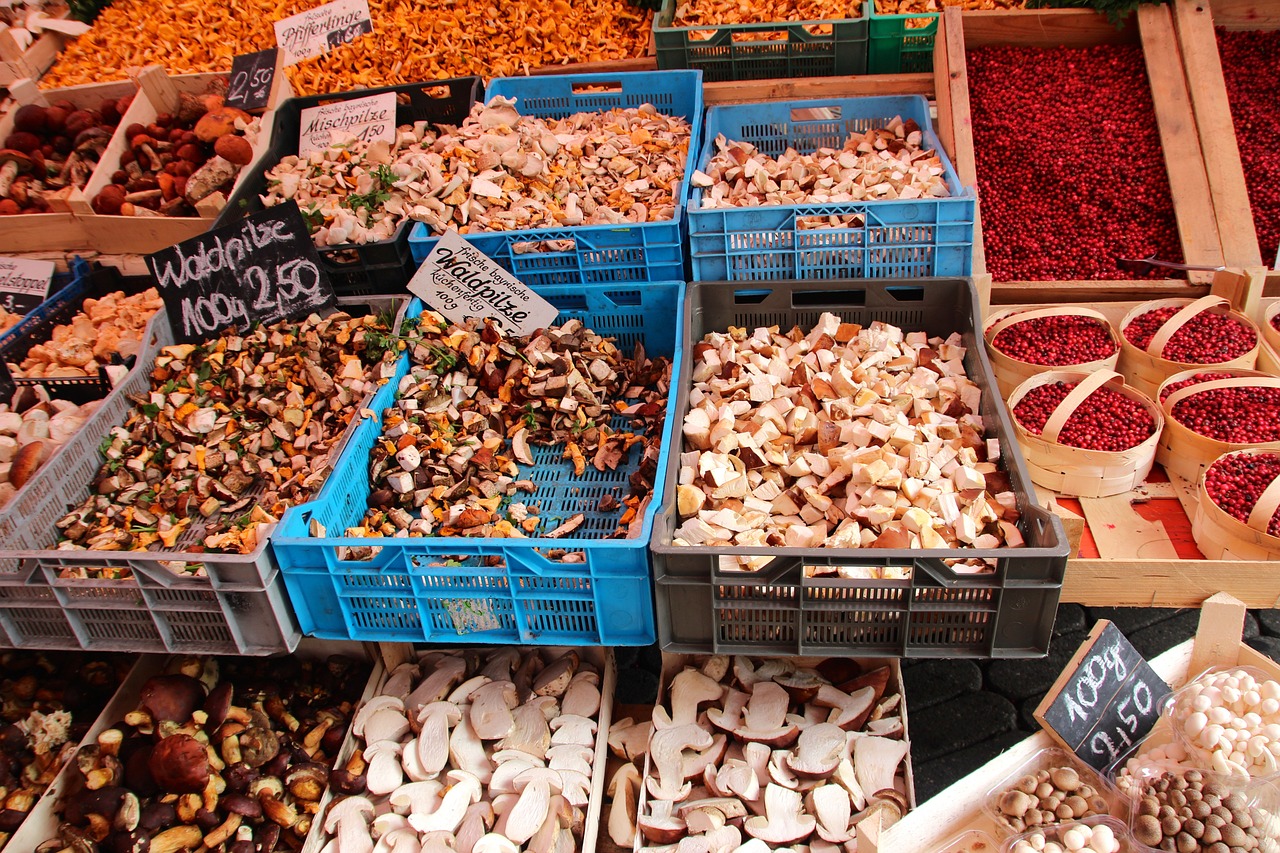
Benefits of an Edible Front Yard
This article explores the concept of transforming your front yard into a productive edible garden, discussing benefits, design ideas, and practical tips for sustainable gardening.
Transforming your front yard into an edible landscape offers a multitude of advantages that go beyond just aesthetics. Imagine stepping outside your door and being greeted by a vibrant garden, brimming with fresh fruits, vegetables, and herbs. Not only does this enhance your home’s curb appeal, but it also contributes to increased food security. In a world where food prices are constantly fluctuating, having a source of fresh produce right at your fingertips can be a game-changer.
Moreover, an edible front yard can significantly improve the local ecosystem. By planting a variety of species, you can attract beneficial insects like bees and butterflies, which are crucial for pollination. This increased biodiversity is essential for a healthy garden and contributes to a reduced carbon footprint. When you grow your own food, you minimize the need for transportation and packaging, which are major contributors to greenhouse gas emissions.
Let’s not forget the economic benefits. Growing your own food can lead to substantial savings on grocery bills. The initial investment in seeds and plants can quickly pay off as you harvest your own fruits and vegetables throughout the season. Plus, it’s hard to put a price tag on the joy of picking a ripe tomato or snipping fresh basil for your dinner. The personal satisfaction of growing your own food is something that store-bought produce simply can’t match.
In addition, an edible front yard fosters a sense of community. Sharing your harvest with neighbors or participating in local gardening groups can build connections and create lasting friendships. You might even inspire others to embark on their own gardening journeys, leading to a ripple effect of sustainability within your neighborhood.
To sum it up, the benefits of transforming your front yard into an edible garden are numerous:
- Increased food security
- Enhanced aesthetics
- Improved biodiversity
- Reduced carbon footprint
- Economic savings
- Community engagement
So, why not take the plunge? With a bit of planning and creativity, you can turn your front yard into a lush, edible paradise that benefits not just you, but the environment and your community as well.
Designing an edible front yard requires careful planning. Considerations include layout, plant selection, and how to integrate edible plants with existing landscaping to create a harmonious and functional space.
Selecting the right plants is crucial for a successful edible front yard. Factors to consider include climate, soil type, and the plants' growth habits to ensure they thrive in your garden.
Incorporating herbs into your edible garden not only enhances culinary dishes but also attracts beneficial insects, making them a practical choice for any front yard design.
Choosing a variety of fruits and vegetables that mature at different times ensures a continuous harvest throughout the growing season, maximizing the productivity of your edible front yard.
Edible flowers add beauty and flavor to your garden. They can be used in salads, desserts, or as garnishes, providing both aesthetic appeal and culinary delights.
Implementing sustainable gardening practices is essential for maintaining an edible front yard. Techniques such as composting, mulching, and organic pest management contribute to a healthy ecosystem.
Utilizing water-efficient gardening techniques, such as drip irrigation and rainwater harvesting, helps conserve water while ensuring your edible plants receive the moisture they need to thrive.
Maintaining soil health is vital for a productive garden. Regularly testing soil, adding organic matter, and practicing crop rotation can enhance fertility and support plant growth.
Q: What are some easy-to-grow vegetables for beginners?
A: Some great options for beginners include tomatoes, lettuce, radishes, and green beans. They are relatively low-maintenance and yield a good harvest.
Q: How can I attract beneficial insects to my garden?
A: Planting a variety of flowers, particularly those that bloom at different times, can attract beneficial insects. Herbs like dill, fennel, and yarrow are also great choices.
Q: Is it safe to grow food in my front yard?
A: Yes! As long as you avoid using harmful pesticides and ensure your soil is clean, growing food in your front yard is safe and can be very rewarding.
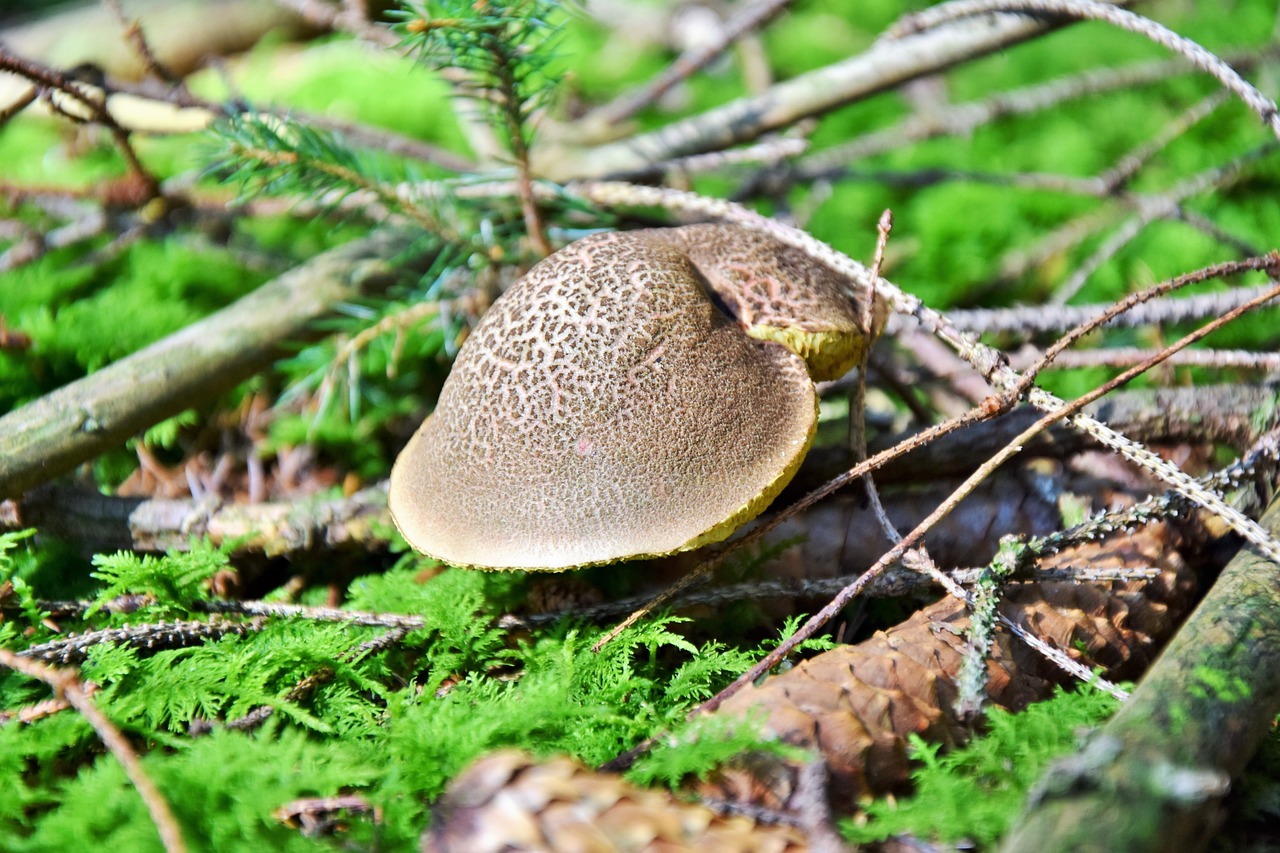
Designing Your Edible Landscape
Designing an edible front yard is like crafting a masterpiece; it requires a blend of creativity, knowledge, and a dash of practicality. When you embark on this journey, the first step is to consider your space. What does your front yard look like? Is it sunny, shady, or a mix of both? Understanding your garden's microclimates will help you select the right plants that can flourish in their designated spots. For instance, if you have a sunny area, you might want to plant tomatoes and peppers, while shaded spots could be perfect for leafy greens like spinach or lettuce.
Next, think about the layout. You want your edible garden to be not only productive but also visually appealing. Imagine a garden where vibrant greens mingle with bursts of color from fruits and flowers. You can create a layout that incorporates raised beds, vertical gardening, or even container gardening to maximize space. Raised beds can be particularly effective as they improve drainage and soil quality, making it easier to grow a variety of plants. Additionally, they can be designed to fit the aesthetic of your home, adding to your curb appeal.
When integrating edible plants with existing landscaping, consider using companion planting. This technique involves pairing plants that benefit each other, such as planting basil alongside tomatoes to enhance flavor and deter pests. Furthermore, you can create a sense of harmony by using ornamental plants that are also edible, like kale or Swiss chard, which have beautiful foliage and can stand proudly among traditional flowers.
Another essential aspect of designing your edible landscape is to think about the seasons. You should aim for a garden that provides a continuous harvest throughout the year. This means selecting a range of plants that mature at different times. For example, early spring can bring forth radishes and peas, while summer can yield a bounty of zucchini and cucumbers, leading into fall crops like pumpkins and winter squash. By planning for succession planting, you ensure that your garden remains vibrant and productive.
Lastly, don't forget to incorporate pathways and seating areas. These elements not only make your garden accessible but also invite you to spend time in it. Imagine sipping a cup of tea in your edible paradise, surrounded by the scents of fresh herbs and blooming flowers. Pathways can be made from natural materials like wood chips or stones, guiding you through your garden while adding an element of charm.
In summary, designing your edible landscape is an exciting endeavor that combines aesthetics with practicality. By considering your space, planning your layout, integrating companion plants, and ensuring a year-round harvest, you can create a front yard that not only feeds your family but also delights the senses. So, roll up your sleeves, grab your gardening gloves, and let your creativity bloom!
- What are the best plants for an edible front yard?
It depends on your climate, but commonly grown plants include tomatoes, peppers, herbs, and various greens. Choose plants that thrive in your local conditions.
- How much sunlight do edible plants need?
Most edible plants require at least 6-8 hours of direct sunlight each day. However, some plants, like leafy greens, can tolerate partial shade.
- Can I grow vegetables in containers?
Absolutely! Container gardening is a great way to grow edibles, especially if space is limited. Just ensure your containers have good drainage and are large enough for the plants you choose.
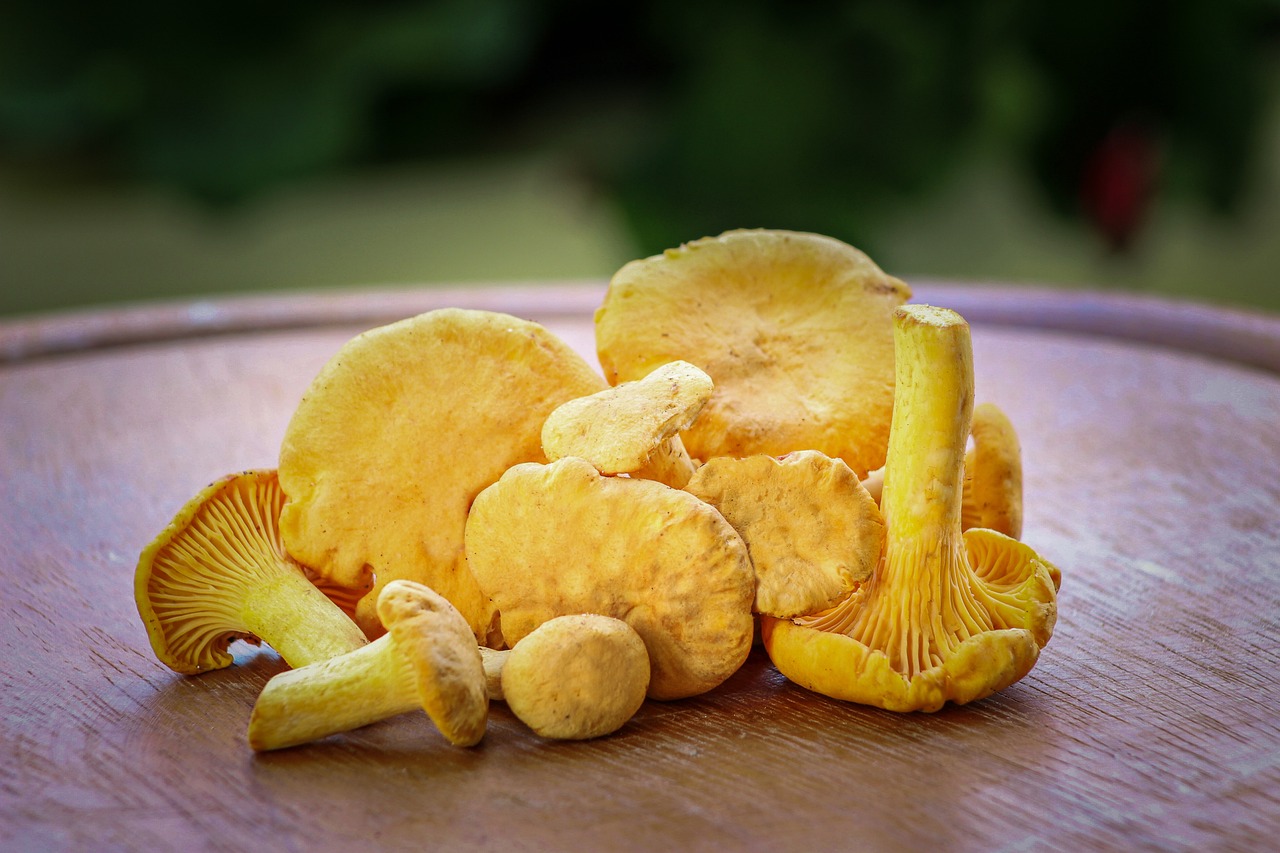
Choosing the Right Plants
When it comes to creating an edible front yard, one of the most critical steps is . This decision can make or break your gardening experience, so it's essential to take your time and consider various factors. First and foremost, think about your climate. Are you in a warm, sunny area, or do you have a cooler, shadier spot? Different plants thrive in different conditions, and understanding your local climate is key to selecting the best candidates for your garden.
Next, let's talk about soil type. Not all plants are created equal when it comes to soil preferences. Some love sandy soils, while others thrive in clay or loamy conditions. A simple soil test can provide valuable insights into your garden's composition, helping you determine which plants will flourish. For example, if you have well-draining sandy soil, you might want to consider plants like tomatoes and peppers. On the other hand, if your soil retains moisture, plants like kale and spinach could be a better fit.
Another important consideration is the growth habits of your chosen plants. Some plants spread quickly and can take over a garden if not managed properly, while others are more contained. For instance, if you want to maximize your space, consider planting vertical growers like cucumbers or beans, which can climb trellises and save ground space. It's all about finding a balance that works for your garden layout and aesthetic.
To help you visualize your options, here's a quick table comparing different plant types based on climate, soil preference, and growth habit:
| Plant Type | Climate Preference | Soil Type | Growth Habit |
|---|---|---|---|
| Tomatoes | Warm | Sandy/Loamy | Bush |
| Kale | Cool | Loamy | Compact |
| Cucumbers | Warm | Sandy | Vining |
| Spinach | Cool | Moist | Compact |
Lastly, consider the harvest time. Choosing a mix of plants that mature at different times can ensure that you have a continuous supply of fresh produce throughout the growing season. Imagine stepping outside your front door and picking ripe strawberries in June, followed by juicy tomatoes in July, and crisp lettuce in August. It’s like having a mini grocery store right at your fingertips!
In summary, selecting the right plants for your edible front yard is a blend of art and science. By paying attention to your climate, soil type, growth habits, and harvest times, you can create a thriving garden that not only looks beautiful but also provides delicious and nutritious food for you and your family.
- What are the best plants for a beginner's edible garden? Start with easy-to-grow plants like lettuce, radishes, and herbs such as basil and mint.
- Can I grow edible plants in containers? Absolutely! Many edible plants thrive in containers, making them perfect for small spaces.
- How do I know if my soil is healthy? Conduct a soil test to check pH levels and nutrient content, or observe how well your plants are growing.
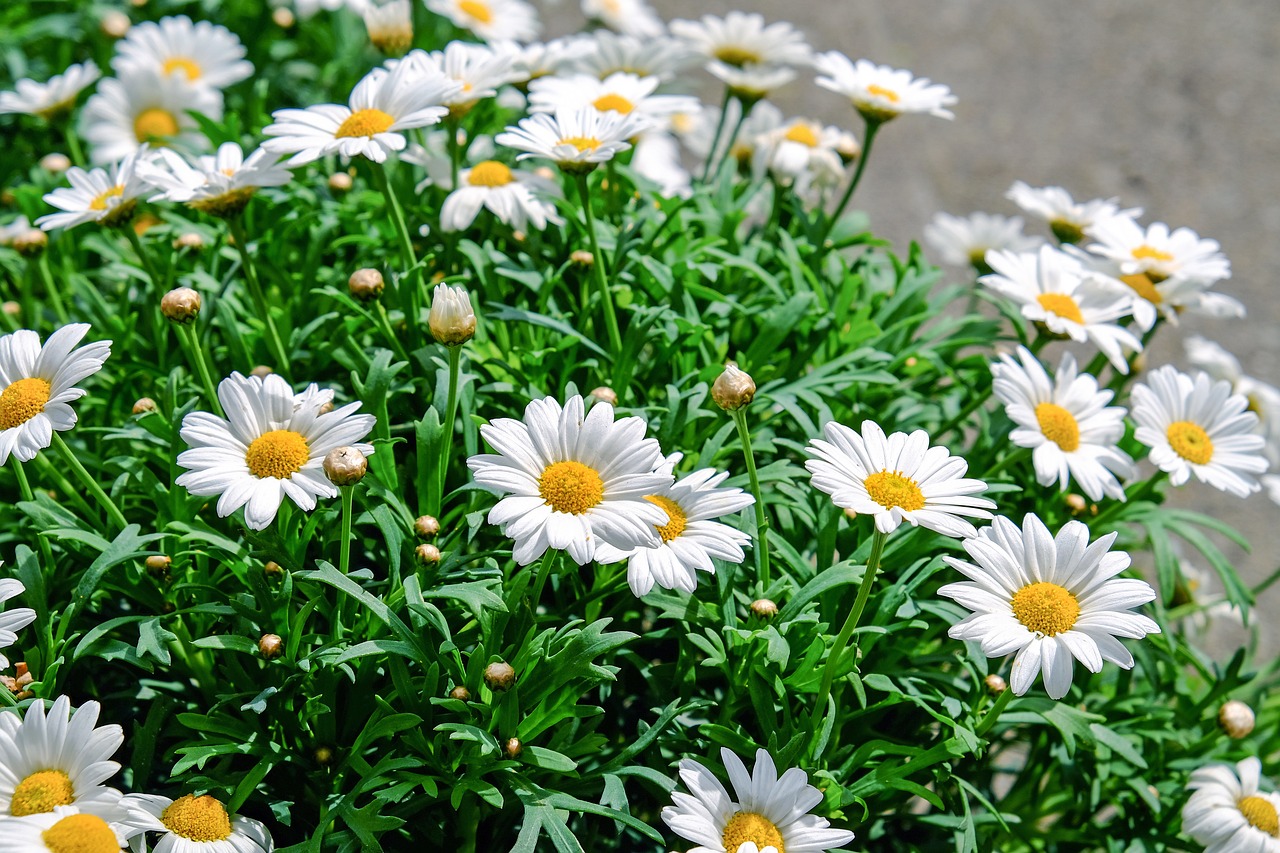
Herbs for Flavor and Function
When it comes to creating an edible front yard, incorporating herbs is like adding a secret ingredient to your favorite recipe. Not only do these aromatic plants enhance the flavor of your meals, but they also serve multiple functions that can benefit your garden ecosystem. Imagine stepping outside, snipping fresh basil for your pasta or adding a sprig of rosemary to your roast. The joy of using homegrown herbs is unparalleled!
Herbs are often the unsung heroes of any garden. They are generally easy to grow and require less maintenance than many vegetables or fruits, making them perfect for beginners. Plus, they can thrive in small spaces, so even if you have a compact front yard, you can still enjoy a vibrant herb garden. Consider planting basil, parsley, thyme, and mint, which not only provide culinary delights but also attract beneficial insects like bees and butterflies.
Here’s a fun fact: herbs can also act as natural pest repellents. For instance, planting marigolds alongside your herbs can help deter unwanted pests. This symbiotic relationship not only protects your plants but also contributes to a thriving biodiversity in your garden. It’s like having a little army of helpers right in your front yard!
When designing your edible landscape, think about how to incorporate herbs into your existing landscaping. You can use them as border plants, in decorative pots, or even in vertical gardens. The visual appeal of lush green herbs can enhance the aesthetics of your front yard, making it not just productive but also beautiful. Here’s a quick overview of some popular herbs and their benefits:
| Herb | Flavor Profile | Benefits |
|---|---|---|
| Basil | Sweet, peppery | Rich in antioxidants, great for Italian dishes |
| Parsley | Fresh, slightly peppery | High in vitamins A, C, and K, aids digestion |
| Thyme | Earthy, minty | Antimicrobial properties, enhances soups and stews |
| Mint | Cool, refreshing | Helps with digestion, perfect for teas and desserts |
As you can see, herbs are not just about flavor; they also bring a host of benefits to your garden and your health. So, why not take the plunge and start your own herb garden? It's a delightful way to add flavor to your meals while also contributing to a healthier ecosystem in your front yard. The next time you’re cooking, you’ll appreciate the extra touch of freshness that only homegrown herbs can provide!
- What herbs are easiest to grow? Basil, parsley, and mint are some of the easiest herbs to grow, even for beginners.
- Can I grow herbs in pots? Absolutely! Herbs thrive in pots, making them perfect for small spaces.
- How often should I water my herbs? It depends on the type of herb and your climate, but generally, they prefer well-drained soil and should be watered when the top inch feels dry.
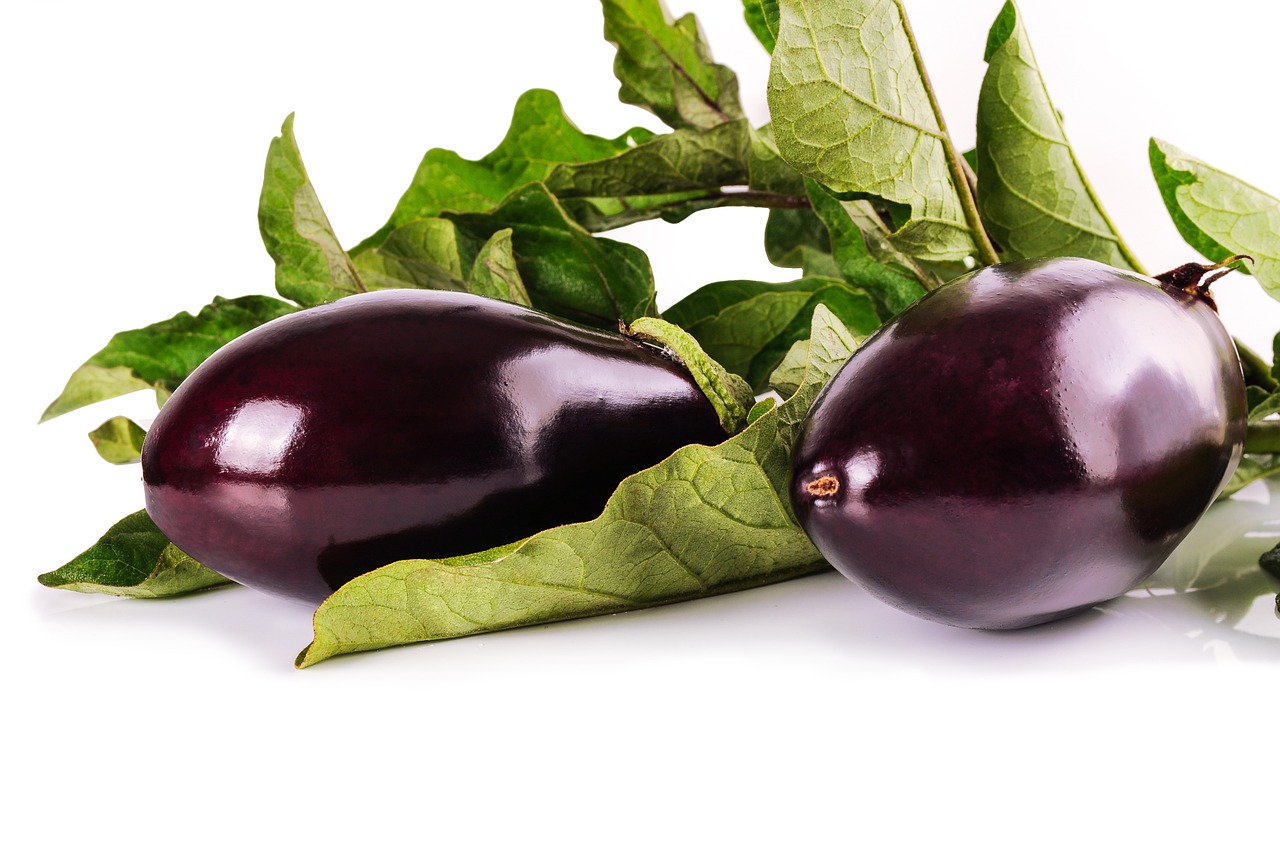
Fruits and Vegetables for All Seasons
Creating an edible front yard is not just about planting a few vegetables here and there; it’s about crafting a dynamic ecosystem that provides you with fresh produce year-round. Imagine stepping outside your door and plucking ripe tomatoes in the summer, crisp carrots in the fall, and fragrant herbs in the spring. To achieve this delightful variety, you need to carefully select fruits and vegetables that thrive in your climate and mature at different times throughout the growing season.
One of the most effective strategies is to choose seasonal crops that can be staggered for planting. For instance, you might start with cool-weather crops like spinach, lettuce, and radishes in early spring. As the weather warms, you can transition to heat-loving plants such as tomatoes, peppers, and squash. This approach not only maximizes your harvest but also keeps your garden visually appealing throughout the year.
Here’s a quick overview of what you can grow in each season:
| Season | Fruits | Vegetables |
|---|---|---|
| Spring | Strawberries, Rhubarb | Spinach, Lettuce, Peas |
| Summer | Tomatoes, Blueberries | Bell Peppers, Zucchini, Corn |
| Fall | Apples, Pumpkins | Carrots, Broccoli, Kale |
| Winter | Citrus Fruits | Garlic, Onions (in some climates) |
By planting a mix of these fruits and vegetables, you ensure that your garden remains productive and vibrant. Furthermore, consider incorporating perennial plants like asparagus and rhubarb, which will return year after year with minimal effort. This not only saves you time but also enhances the sustainability of your garden.
Remember, the key to a successful edible front yard is to embrace the diversity of nature. Just as a well-balanced diet includes a variety of foods, your garden should feature a mix of plants that complement each other. For example, pairing tomatoes with basil not only enhances your culinary dishes but also helps deter pests, creating a harmonious garden environment.
So, as you plan your edible front yard, think about how you can create a seasonal tapestry of colors, flavors, and textures. With thoughtful planning and a little creativity, you can cultivate a space that not only feeds your family but also brings joy and beauty to your home.
- Can I grow fruits and vegetables in a small front yard? Absolutely! Many fruits and vegetables can thrive in containers or small spaces, so you can still have a productive garden even in limited areas.
- What are the best fruits and vegetables to grow for beginners? Start with easy-to-grow options like tomatoes, radishes, and herbs. They are forgiving and provide quick results.
- How can I extend the growing season? Use row covers, cold frames, or greenhouses to protect your plants from frost and allow for earlier planting and later harvesting.
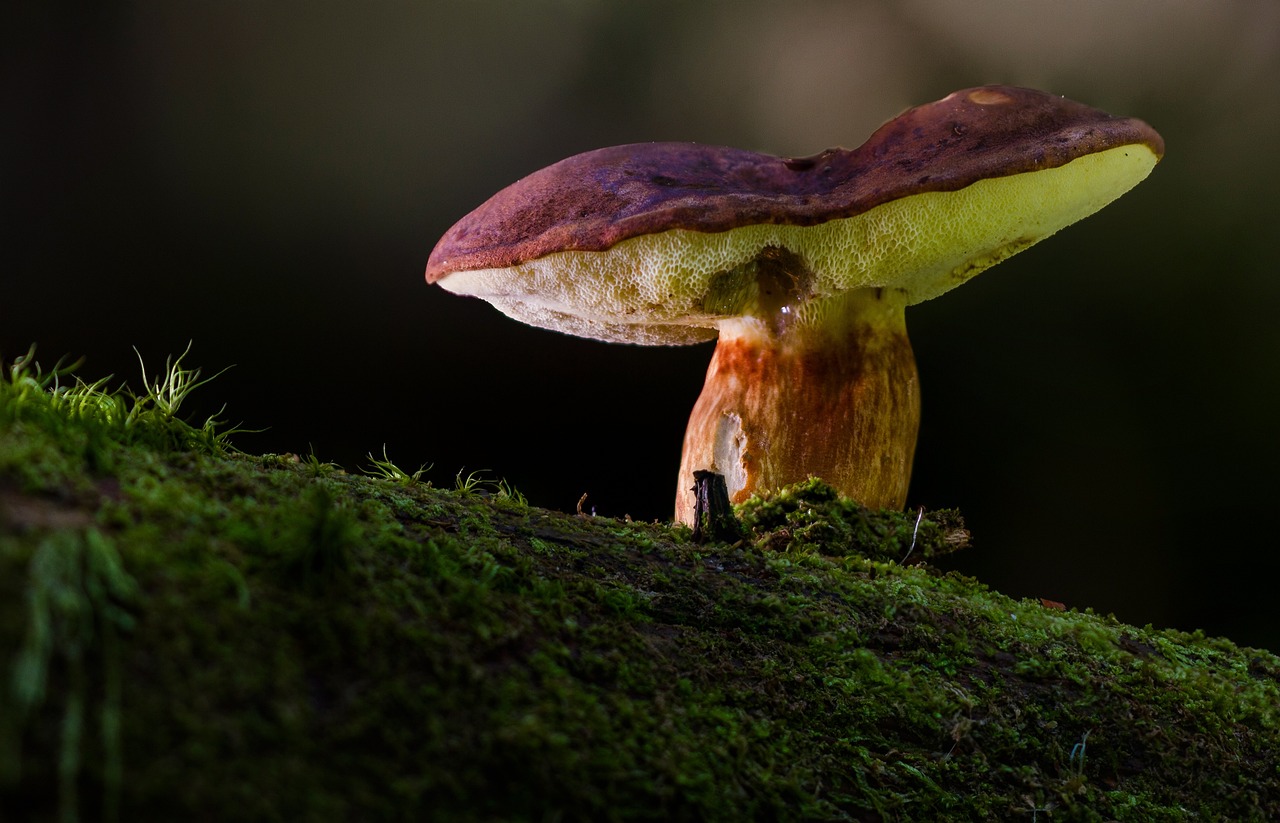
Incorporating Edible Flowers
Edible flowers are not just a feast for the eyes; they can also tantalize your taste buds! Imagine stepping into your front yard and being greeted by a vibrant display of colors, with blooms that are not only beautiful but also edible. Incorporating these floral gems into your garden can elevate your culinary creations and add a touch of elegance to your dishes. From salads to desserts, edible flowers can transform mundane meals into gourmet experiences!
When selecting edible flowers, it's essential to choose varieties that not only look good but also taste great. Some popular options include nasturtiums, which have a peppery flavor reminiscent of arugula; pansies, known for their mild, sweet taste; and calendula, which adds a hint of spice to your salads. These flowers can be used in various ways, such as:
- Adding color and flavor to salads
- Garnishing desserts for a stunning presentation
- Infusing syrups or teas with floral notes
Not only do edible flowers enhance the flavor profile of your dishes, but they also attract beneficial insects, such as bees and butterflies, to your garden. This is a win-win situation! By incorporating these blooms, you're not just beautifying your space; you're also promoting a healthy ecosystem. Imagine your front yard buzzing with life, where every flower contributes to the overall health of your garden.
However, it’s crucial to ensure that the flowers you choose are free from pesticides and chemicals. Always opt for organic sources or grow them yourself to guarantee safety and quality. Plus, growing your own edible flowers is a fantastic way to engage with your garden, providing you with fresh ingredients right at your fingertips.
To get started, consider designing a dedicated section in your front yard specifically for edible flowers. You can create a stunning border with colorful blooms or intersperse them among your vegetables and herbs. This not only maximizes your space but also creates a visually appealing landscape that invites admiration from neighbors and passersby.
In conclusion, incorporating edible flowers into your front yard is more than just a gardening trend; it's a lifestyle choice that enhances your culinary experiences and promotes biodiversity. So why not take the plunge and start planting these delightful blooms? Your taste buds—and your garden—will thank you!
Q: What are some easy-to-grow edible flowers?
A: Some easy-to-grow edible flowers include nasturtiums, pansies, and marigolds. These flowers are not only beautiful but also add unique flavors to your dishes.
Q: Can I use store-bought flowers in my cooking?
A: It's best to avoid using store-bought flowers unless they are specifically labeled as edible. Many flowers sold in stores are treated with chemicals that are not safe for consumption.
Q: How do I know if a flower is edible?
A: Always research before consuming any flower. Look for reputable sources or guides that list edible flowers to ensure they are safe to eat.
Q: How can I incorporate edible flowers in my meals?
A: You can use edible flowers to garnish salads, desserts, and drinks. They can also be infused into syrups or used to make herbal teas.
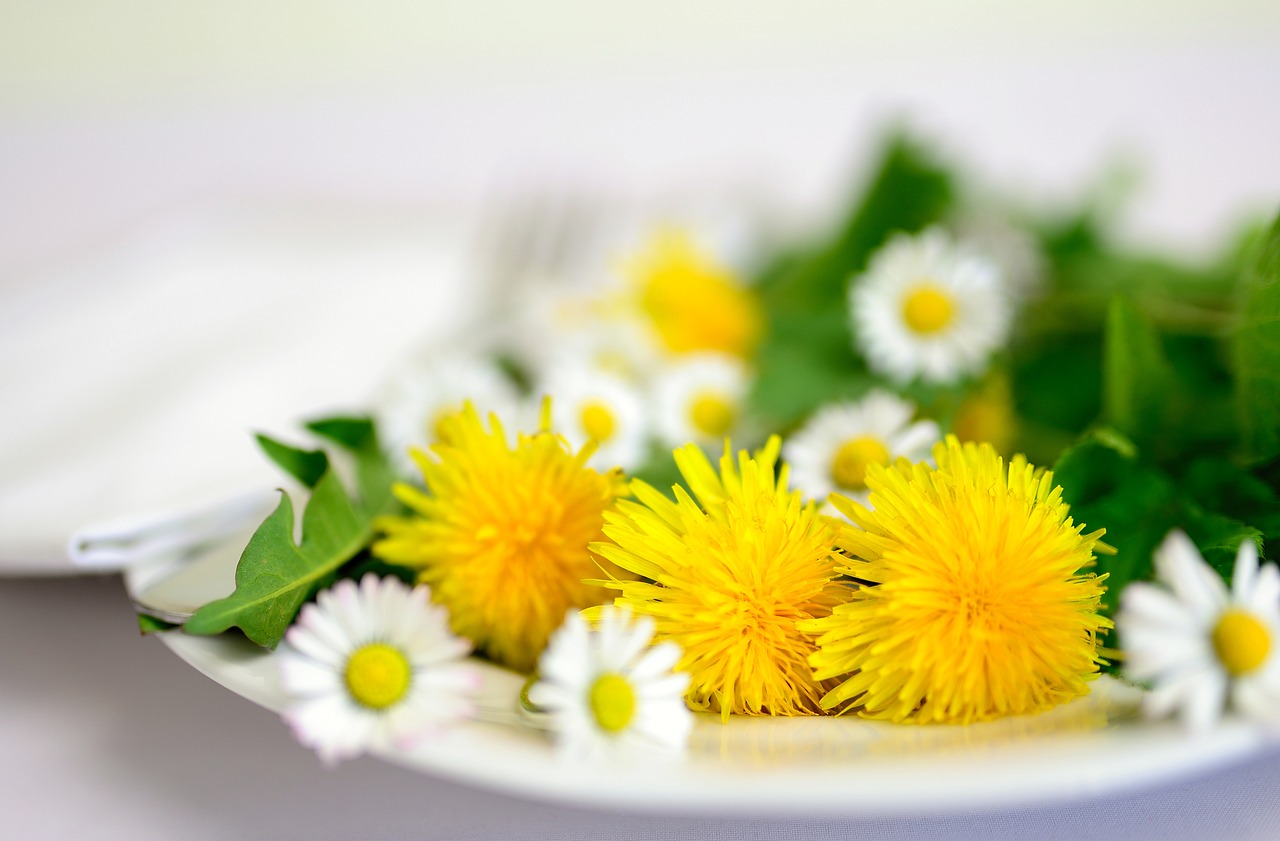
Sustainable Gardening Practices
Implementing is crucial for maintaining a thriving edible front yard. Not only do these practices contribute to the health of your garden, but they also promote a healthier environment. Imagine your front yard as a mini-ecosystem where every element supports the others. By embracing sustainability, you can create a vibrant space that yields delicious produce while minimizing your impact on the planet.
One of the foundational aspects of sustainable gardening is composting. This process transforms kitchen scraps and yard waste into nutrient-rich soil amendments. By composting, you're not only reducing waste but also enriching your soil, which is essential for healthy plant growth. Think of compost as a buffet for your plants, providing them with all the nutrients they need to thrive. To get started, you can set up a simple compost bin in a corner of your yard. Just remember to mix green materials (like vegetable peels) with brown materials (like dried leaves) for the best results.
Another essential practice is mulching. Applying a layer of organic material, such as straw or wood chips, around your plants helps retain soil moisture, suppress weeds, and regulate soil temperature. Picture your garden as a cozy blanket, where mulch acts as the protective layer that keeps your plants comfy and happy. Plus, as the mulch breaks down, it adds organic matter back into the soil, further enhancing its fertility.
When it comes to pest management, consider using organic methods instead of harsh chemicals. This not only protects the beneficial insects that help pollinate your plants but also ensures that your produce remains free from harmful residues. Techniques such as introducing ladybugs or using neem oil can effectively manage pests without disrupting the delicate balance of your garden ecosystem.
Water conservation is another critical component of sustainable gardening practices. Implementing water-efficient techniques can significantly reduce your water usage while keeping your plants hydrated. For instance, using drip irrigation systems delivers water directly to the roots, minimizing evaporation and runoff. Additionally, consider installing a rainwater harvesting system to collect rainwater from your roof. This not only conserves water but also provides your plants with a natural source of moisture that is free from chemicals.
Lastly, maintaining soil health is vital for a productive garden. Regularly testing your soil can help you understand its nutrient content and pH levels. Based on these tests, you can amend your soil with organic matter, like compost or well-rotted manure, to boost fertility. Practicing crop rotation also plays a significant role in soil health. By changing the types of plants grown in a specific area each season, you can prevent nutrient depletion and reduce the risk of pests and diseases.
In summary, sustainable gardening practices not only enhance the productivity of your edible front yard but also contribute to a healthier planet. By composting, mulching, managing pests organically, conserving water, and maintaining soil health, you can create a flourishing garden that benefits both you and the environment.
- What is the best way to start composting? Begin by collecting kitchen scraps and yard waste in a designated bin. Mix green and brown materials for a balanced compost.
- How often should I water my edible garden? Watering needs vary by plant and climate, but generally, deep watering once or twice a week is sufficient.
- Can I use chemical fertilizers in a sustainable garden? It's best to avoid chemical fertilizers. Instead, opt for organic options that improve soil health over time.
- What are some easy vegetables to grow in a front yard? Consider starting with tomatoes, peppers, and leafy greens, which thrive in various conditions.
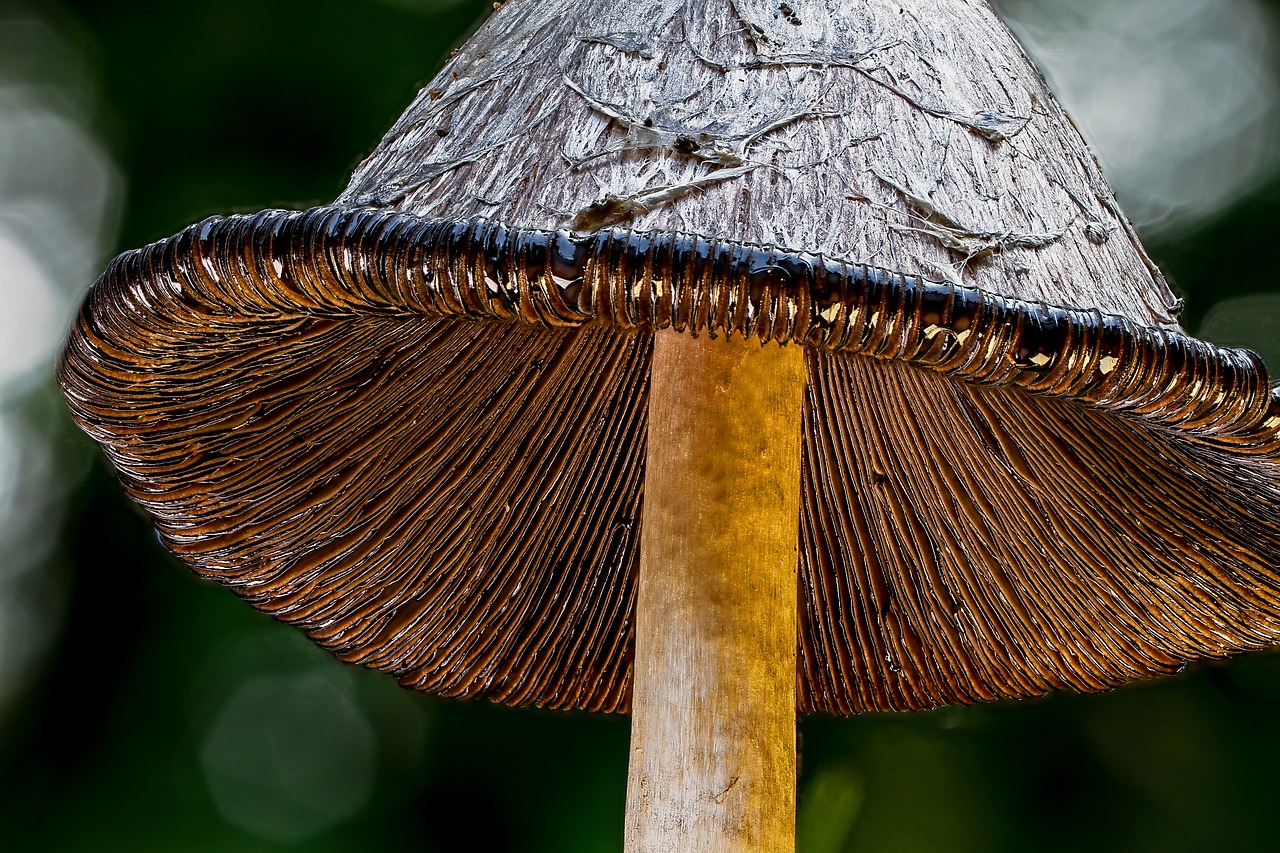
Water Conservation Techniques
Water conservation is not just a trendy buzzword; it’s a necessary practice for anyone looking to maintain a thriving edible front yard. Imagine this: your garden is flourishing, the sun is shining, and yet, you're not running up your water bill or depleting local water sources. Sounds like a dream, right? Well, with the right water-saving techniques, this can be your reality! Let's dive into some practical strategies that can help you keep your garden hydrated without wasting a single drop.
One of the most effective methods for conserving water is through drip irrigation. This technique delivers water directly to the roots of your plants, minimizing evaporation and runoff. Unlike traditional sprinklers that spray water everywhere, drip irrigation ensures that your plants get the moisture they need right where they need it. Plus, it’s incredibly easy to set up and can be adjusted to fit any garden layout. You can even automate it with a timer, so you never have to worry about over or under-watering!
Another fantastic approach is rainwater harvesting. By installing rain barrels to collect runoff from your roof, you can gather a significant amount of water during rainy seasons. This water can then be used to irrigate your garden during dry spells. Not only does this method save you money, but it also reduces your reliance on municipal water supplies. To give you an idea of how much water you can collect, consider this table:
| Roof Area (sq ft) | Rainfall (inches) | Water Collected (gallons) |
|---|---|---|
| 500 | 1 | 310 |
| 1000 | 1 | 620 |
| 1500 | 1 | 930 |
Additionally, consider using mulching around your plants. A layer of organic mulch not only suppresses weeds but also helps retain moisture in the soil. It acts like a blanket, keeping the ground cool and reducing evaporation. Plus, as the mulch breaks down, it adds nutrients back into the soil, creating a win-win situation for your plants!
Lastly, grouping plants according to their water needs can also make a huge difference. By planting drought-tolerant species alongside those that require more moisture, you can create microclimates that help conserve water. This method not only optimizes your watering schedule but also promotes a healthier garden ecosystem overall.
In conclusion, implementing these water conservation techniques can significantly enhance the sustainability of your edible front yard. By using methods like drip irrigation, rainwater harvesting, mulching, and strategic plant grouping, you can ensure your garden remains lush and productive while being mindful of water usage. So, are you ready to take the plunge into a greener, more sustainable gardening approach?
- What is drip irrigation? Drip irrigation is a method that delivers water directly to the roots of plants, reducing evaporation and water waste.
- How can I install a rain barrel? You can install a rain barrel by connecting it to your downspout, ensuring it has a lid to prevent debris and mosquitoes.
- What types of mulch are best for gardens? Organic mulches like wood chips, straw, or grass clippings are excellent choices as they improve soil health as they decompose.
- Can I use greywater in my garden? Yes, greywater from sinks and showers can be reused for irrigation, but make sure to check local regulations first.

Soil Health and Fertility
When it comes to creating an edible front yard, soil health is the unsung hero that often gets overlooked. Think of soil as the foundation of your garden. Just like a house needs a strong base to stand tall, your plants need nutrient-rich soil to flourish. Healthy soil is teeming with life—microorganisms, earthworms, and organic matter work together to create an ecosystem that supports plant growth. If your soil is lacking in nutrients or structure, your plants will struggle, no matter how much sunlight and water they receive.
To ensure your soil is in tip-top shape, consider conducting a soil test. This simple process can reveal the pH level and nutrient composition of your soil, allowing you to make informed decisions about amendments. Many local agricultural extensions offer this service, or you can purchase a DIY kit. Once you know what your soil needs, you can start adding organic matter like compost, which not only improves soil structure but also boosts fertility.
Another essential practice is crop rotation. This method involves changing the types of plants you grow in a specific area each season. Why is this important? Well, different plants have varying nutrient requirements and pest profiles. By rotating your crops, you can prevent nutrient depletion and reduce the risk of soil-borne diseases. For example, if you plant tomatoes in one spot this year, try legumes like beans or peas in that same spot the following year. Not only do legumes fix nitrogen in the soil, but they also enhance its overall health.
Maintaining soil health is a continuous journey, and you can also incorporate mulching into your routine. Mulch helps retain moisture, suppress weeds, and gradually adds organic matter as it breaks down. You can use materials like straw, wood chips, or even shredded leaves. It's like giving your garden a cozy blanket that keeps it warm and nourished!
In summary, the key to a thriving edible front yard lies in understanding and nurturing your soil. By regularly testing it, adding organic matter, and practicing crop rotation, you can create a vibrant garden that not only looks good but also provides a bountiful harvest. Remember, healthy soil equals healthy plants!
- How often should I test my soil? It's a good idea to test your soil every 2-3 years to monitor its health and nutrient levels.
- What is the best way to improve soil fertility? Adding organic matter like compost and practicing crop rotation are excellent ways to enhance soil fertility.
- Can I use chemical fertilizers? While chemical fertilizers can provide quick nutrients, they may harm beneficial microorganisms. Organic methods are generally safer for long-term soil health.
- What plants are best for improving soil health? Legumes, such as beans and peas, are fantastic for fixing nitrogen in the soil, which benefits subsequent crops.
Frequently Asked Questions
- What are the benefits of having an edible front yard?
Transforming your front yard into an edible garden offers a multitude of benefits. Not only does it enhance your food security by providing fresh produce, but it also beautifies your landscape, making it more inviting. Additionally, an edible garden contributes to environmental health by promoting biodiversity and reducing your carbon footprint. Imagine walking out your front door and being greeted by vibrant plants that not only look good but also feed you!
- How do I design my edible landscape?
Designing an edible front yard is all about thoughtful planning. Start by considering the layout of your space and how to integrate edible plants with your existing landscaping. You want your garden to be both functional and aesthetically pleasing. Think of it as creating a beautiful tapestry where every plant plays its part. Don’t forget to consider sunlight, water access, and the growth habits of your chosen plants!
- Which plants are best for an edible front yard?
Choosing the right plants is crucial for a successful edible garden. Factors such as your local climate, soil type, and the growth habits of plants should guide your selection. Look for a mix of herbs, fruits, and vegetables that complement each other and thrive in your conditions. For instance, herbs like basil and rosemary not only add flavor but also attract beneficial insects!
- Can I grow edible flowers in my front yard?
Absolutely! Edible flowers are a fantastic addition to your garden. They not only add a splash of color but also enhance your culinary creations. Think of using nasturtiums in salads or violets as a garnish for desserts. They provide both beauty and flavor, making your edible garden a feast for the eyes and the palate!
- What sustainable practices should I follow for my edible garden?
Sustainable gardening practices are essential for maintaining a healthy edible front yard. Techniques like composting, mulching, and organic pest management help create a thriving ecosystem. By nurturing the soil and using natural methods to control pests, you're not just growing food; you're also contributing to the planet's health. It’s like giving back to Mother Nature!
- How can I conserve water in my edible garden?
Water conservation is key to a successful garden. Implementing techniques such as drip irrigation and rainwater harvesting can significantly reduce your water usage while ensuring your plants get the moisture they need. Think of it as a smart investment in your garden’s future—saving water today means a thriving garden tomorrow!
- How do I maintain soil health for my edible garden?
Maintaining soil health is vital for a productive garden. Regular soil testing, adding organic matter, and practicing crop rotation can enhance fertility and support plant growth. Healthy soil is like the foundation of a house; without it, everything else falls apart. So, take care of your soil, and it will take care of your plants!



















